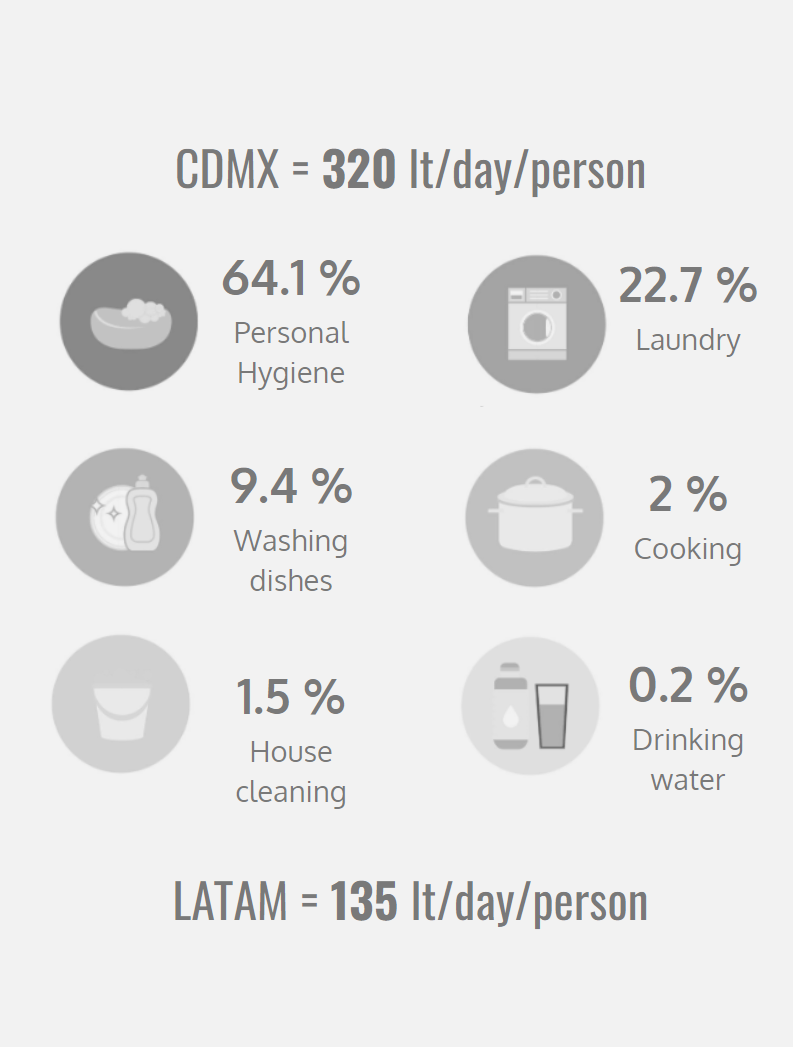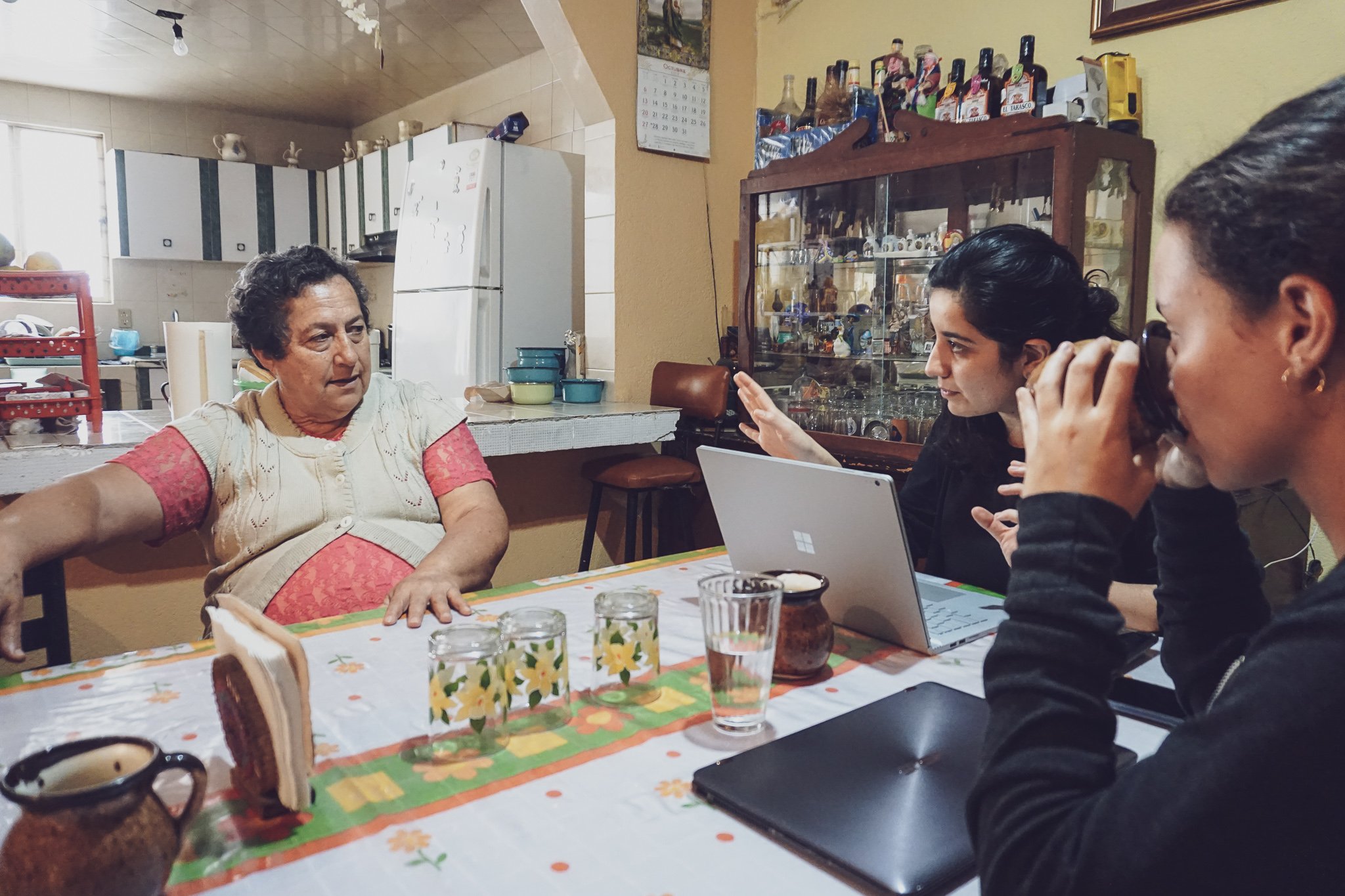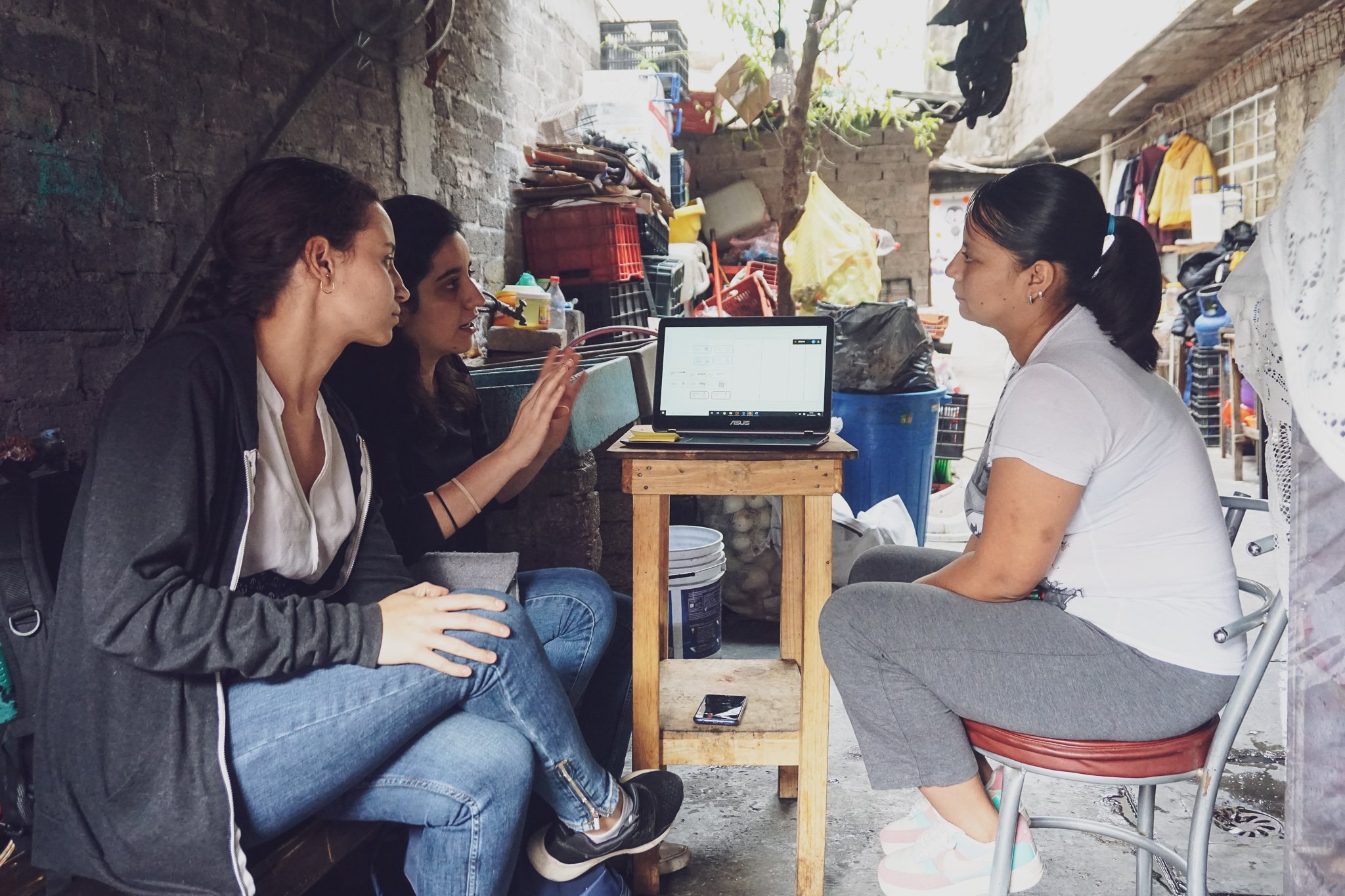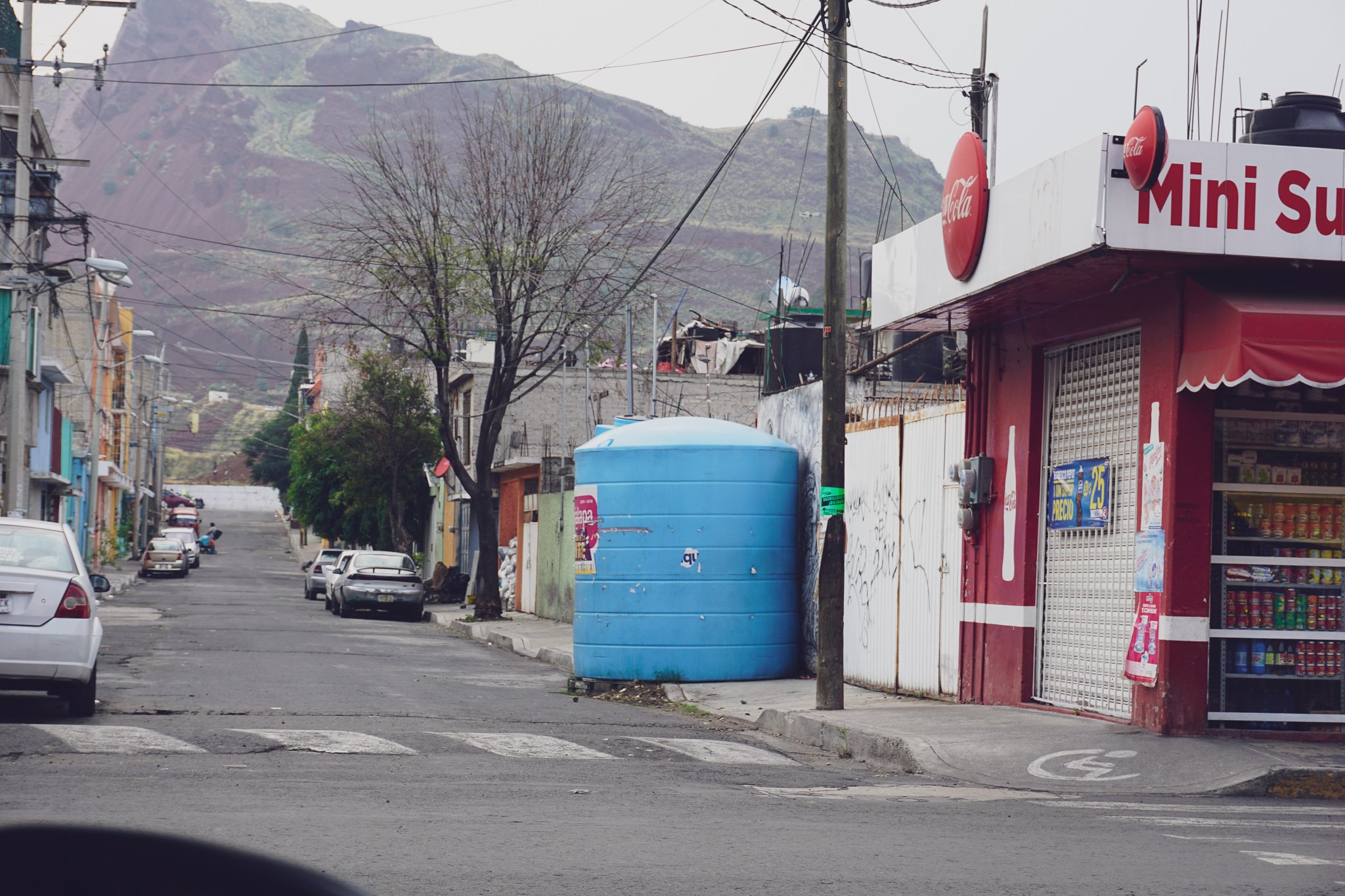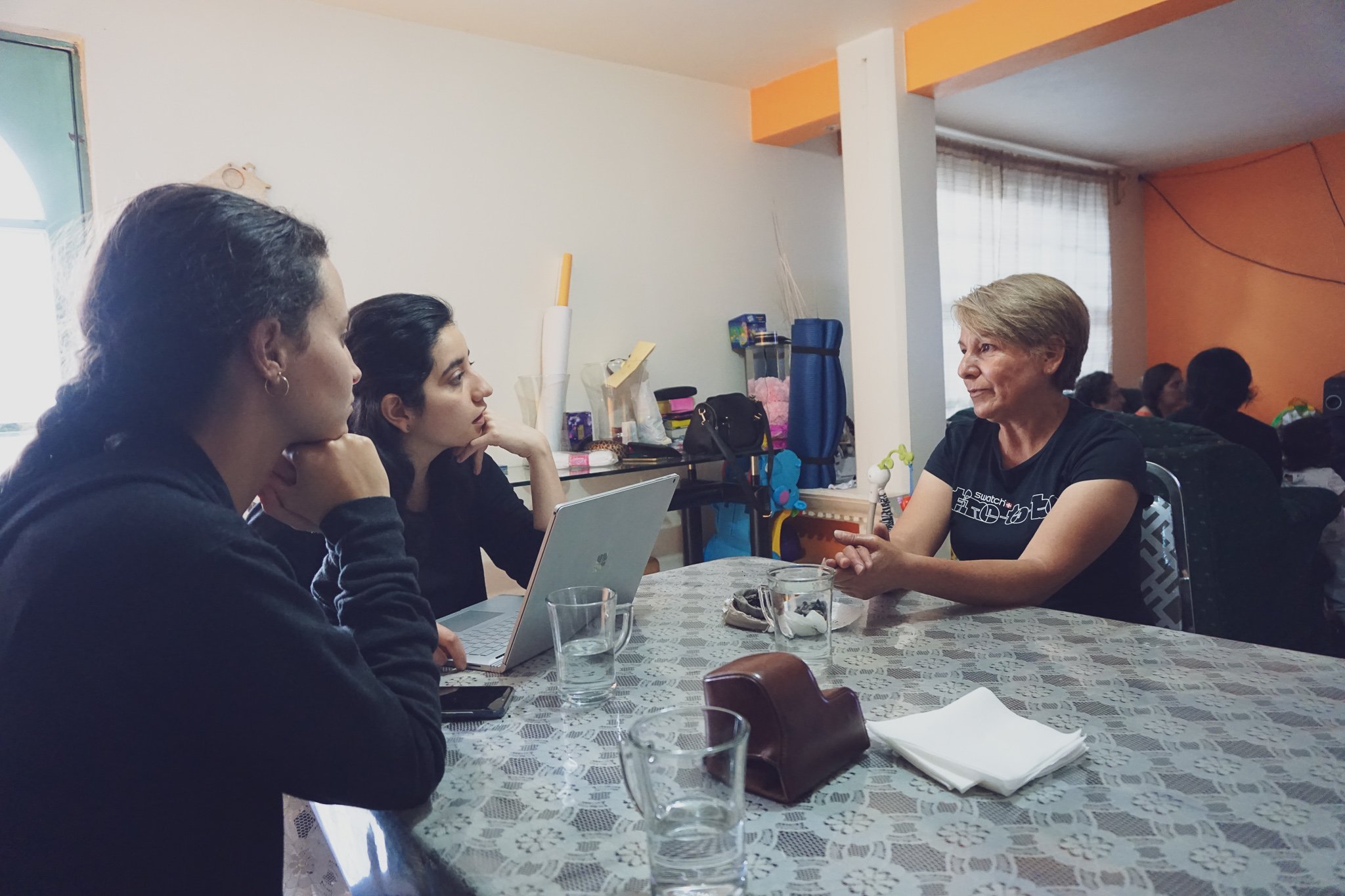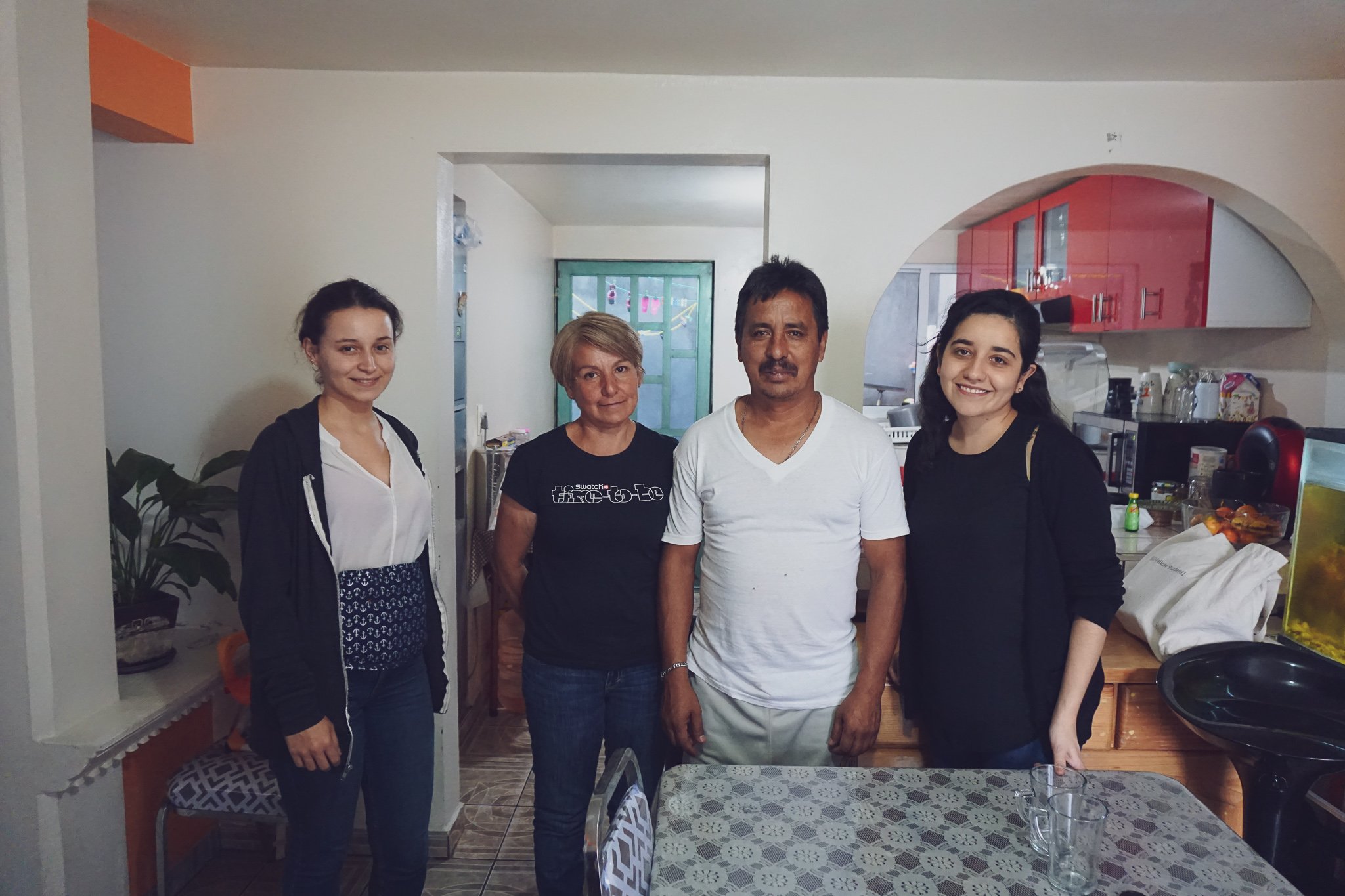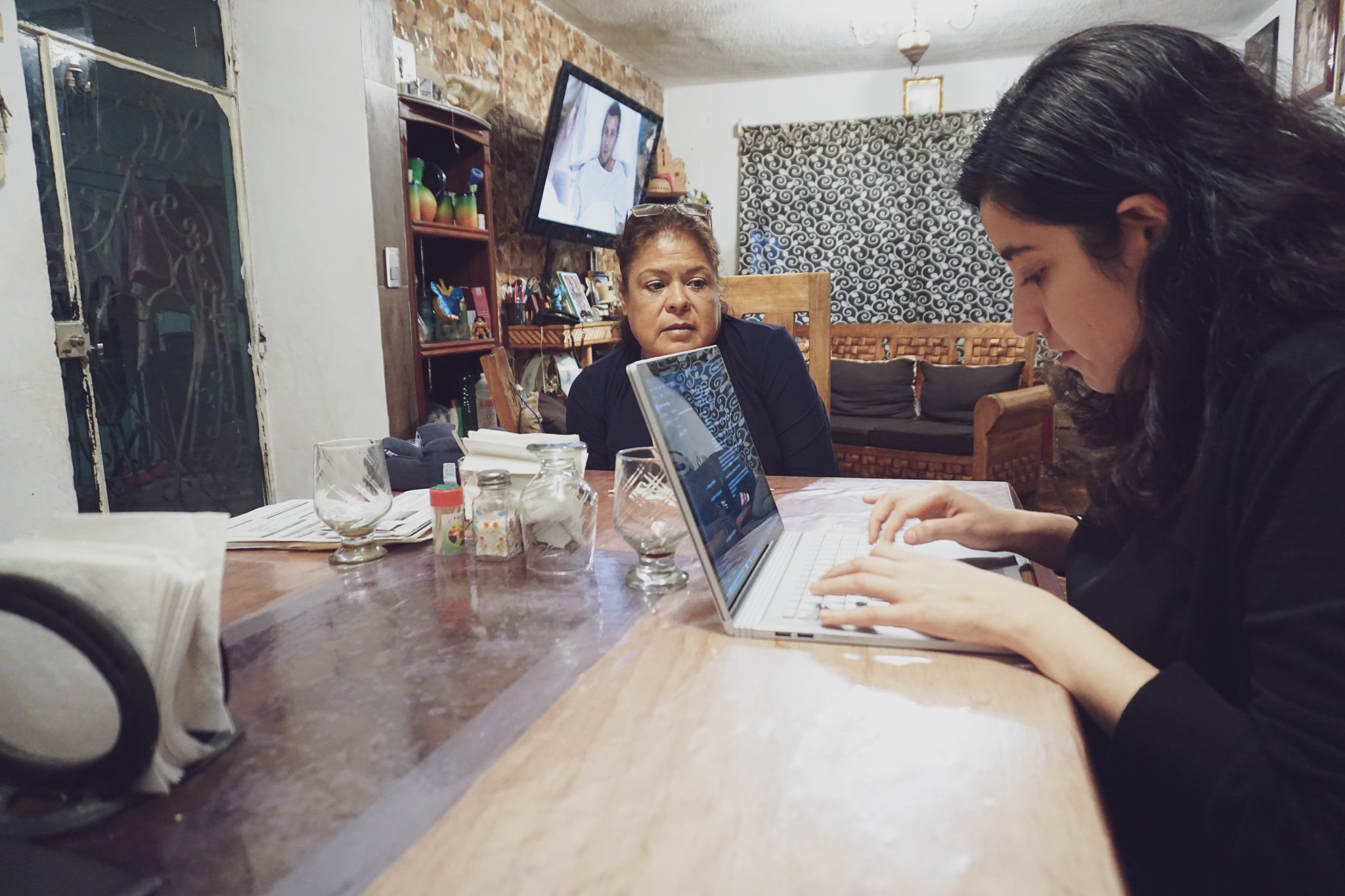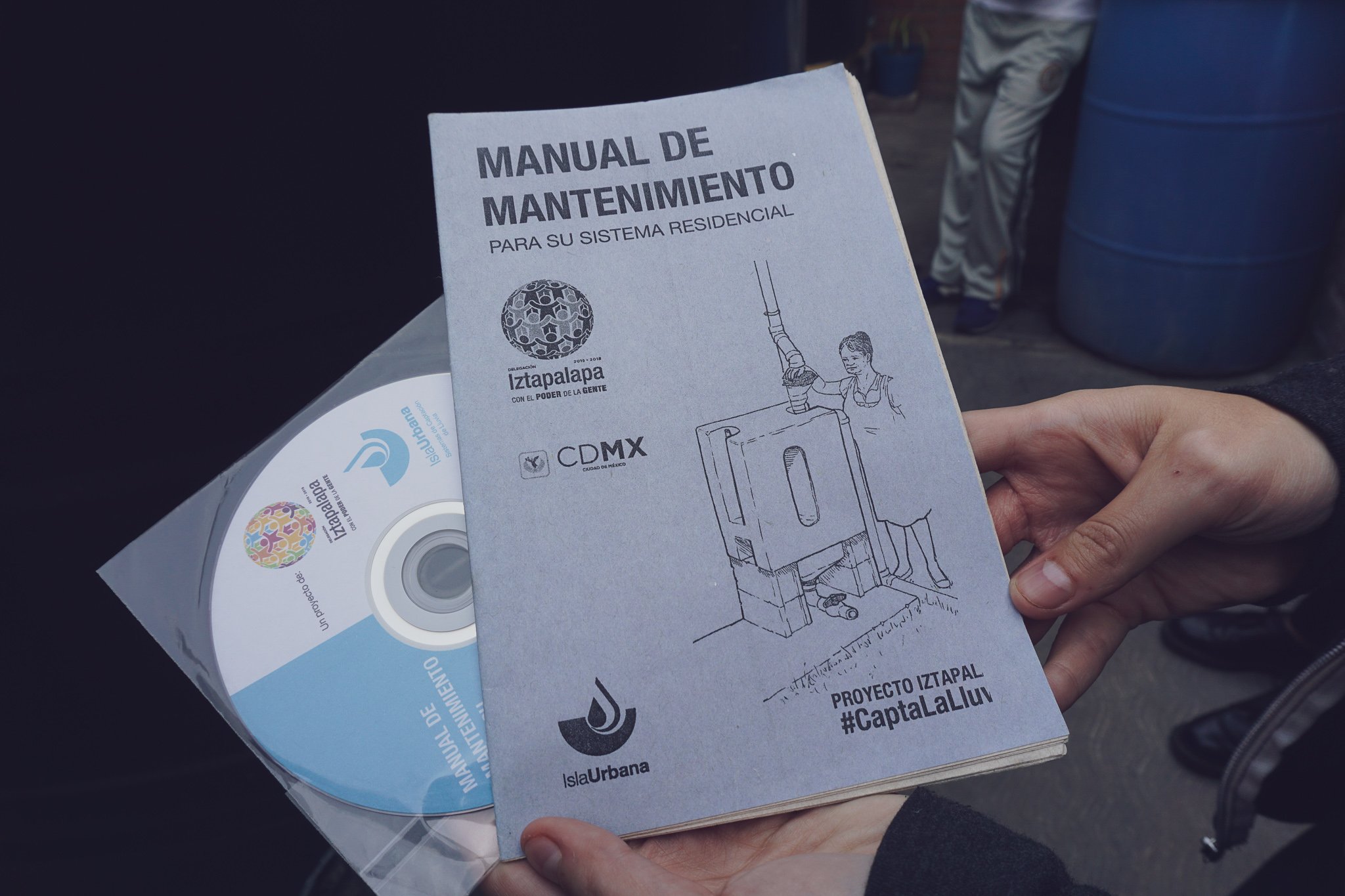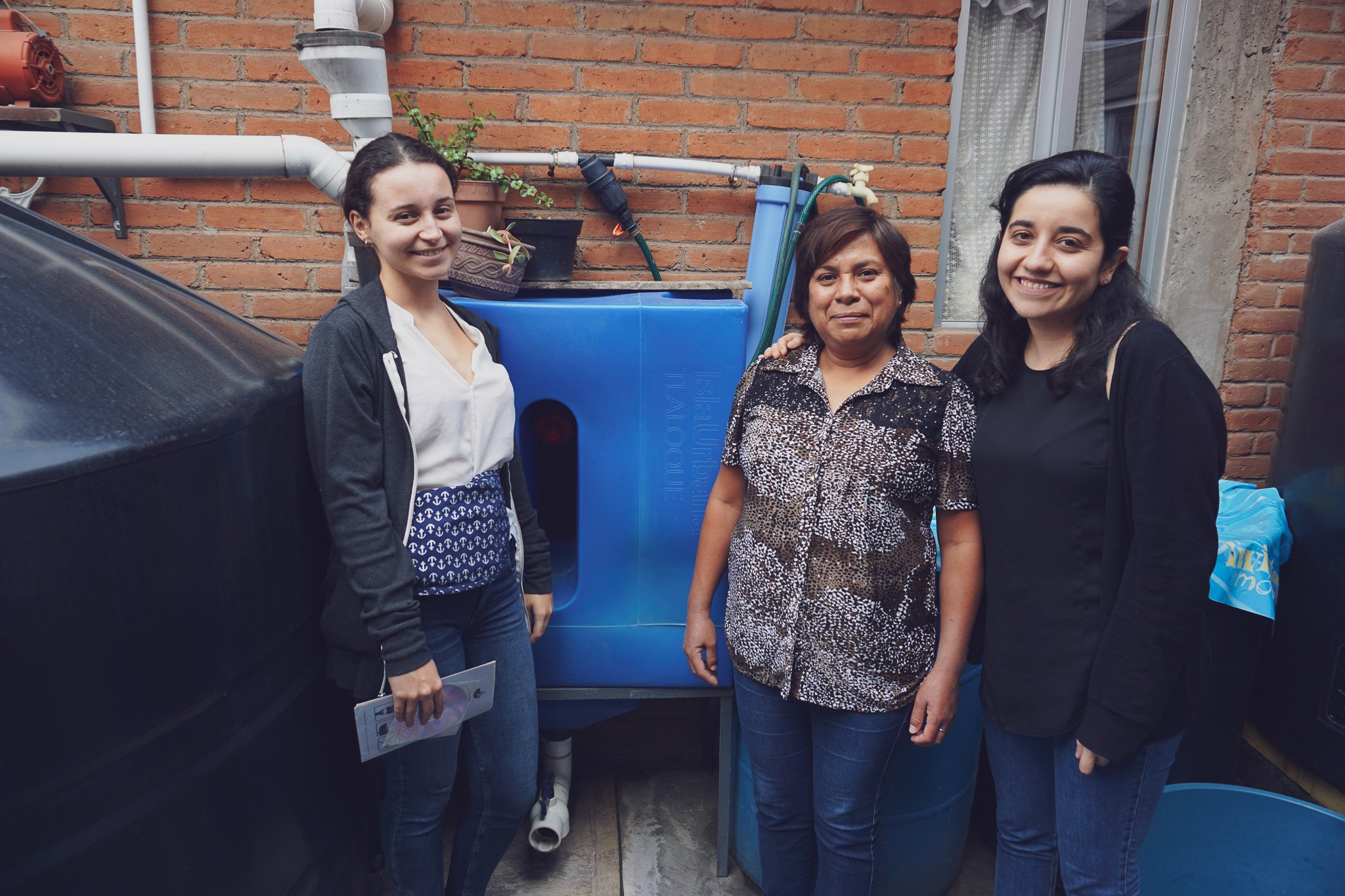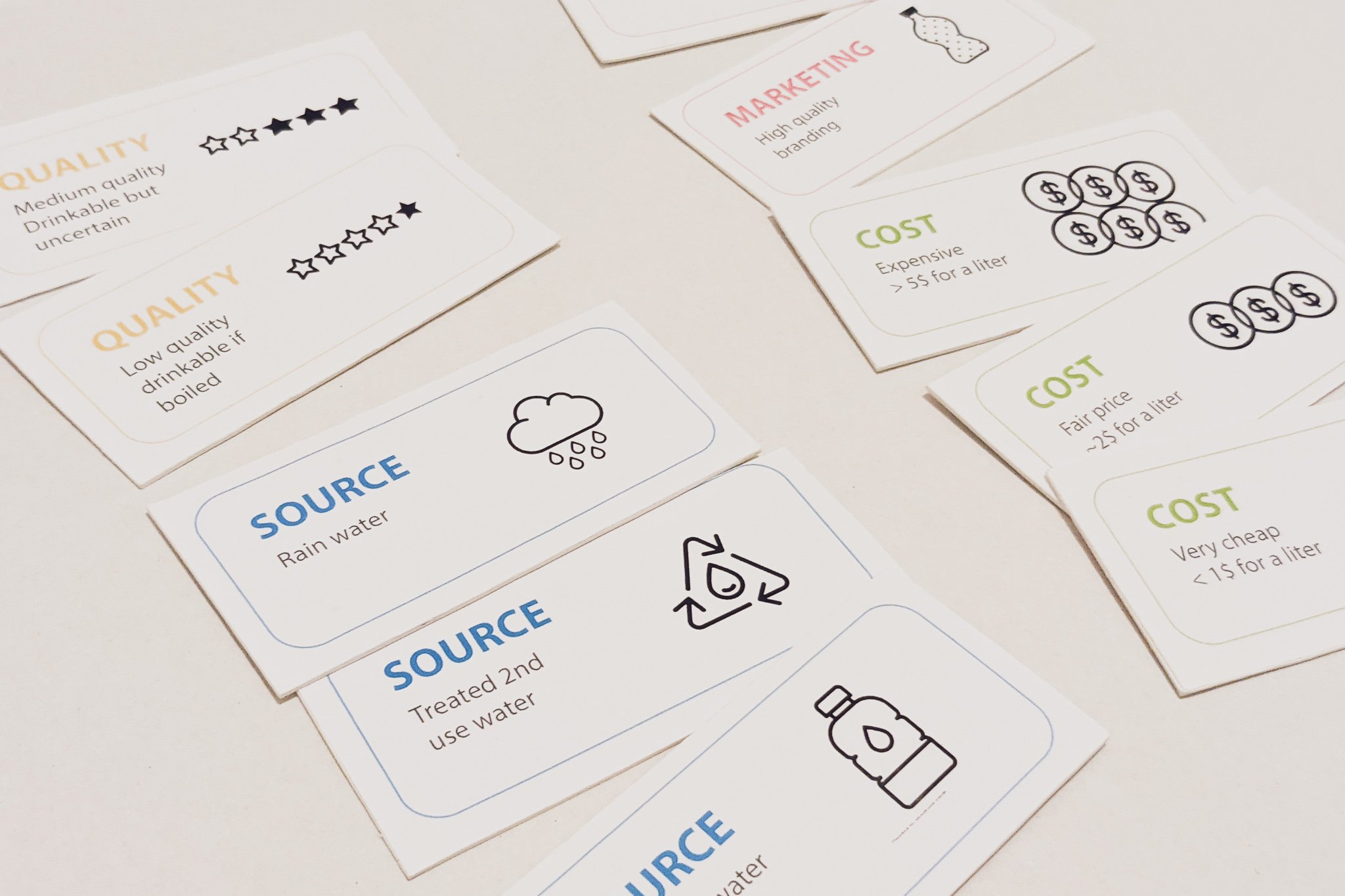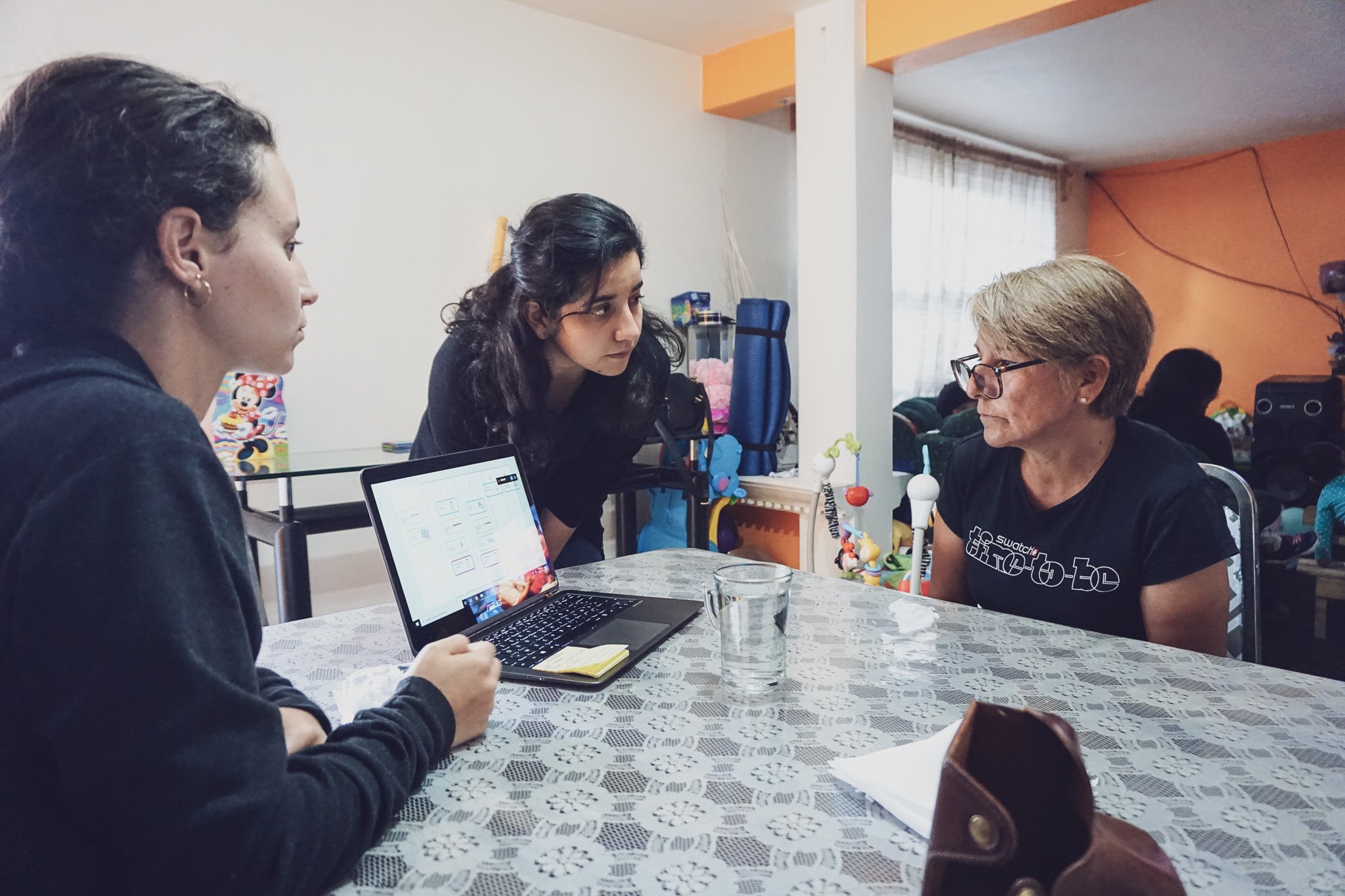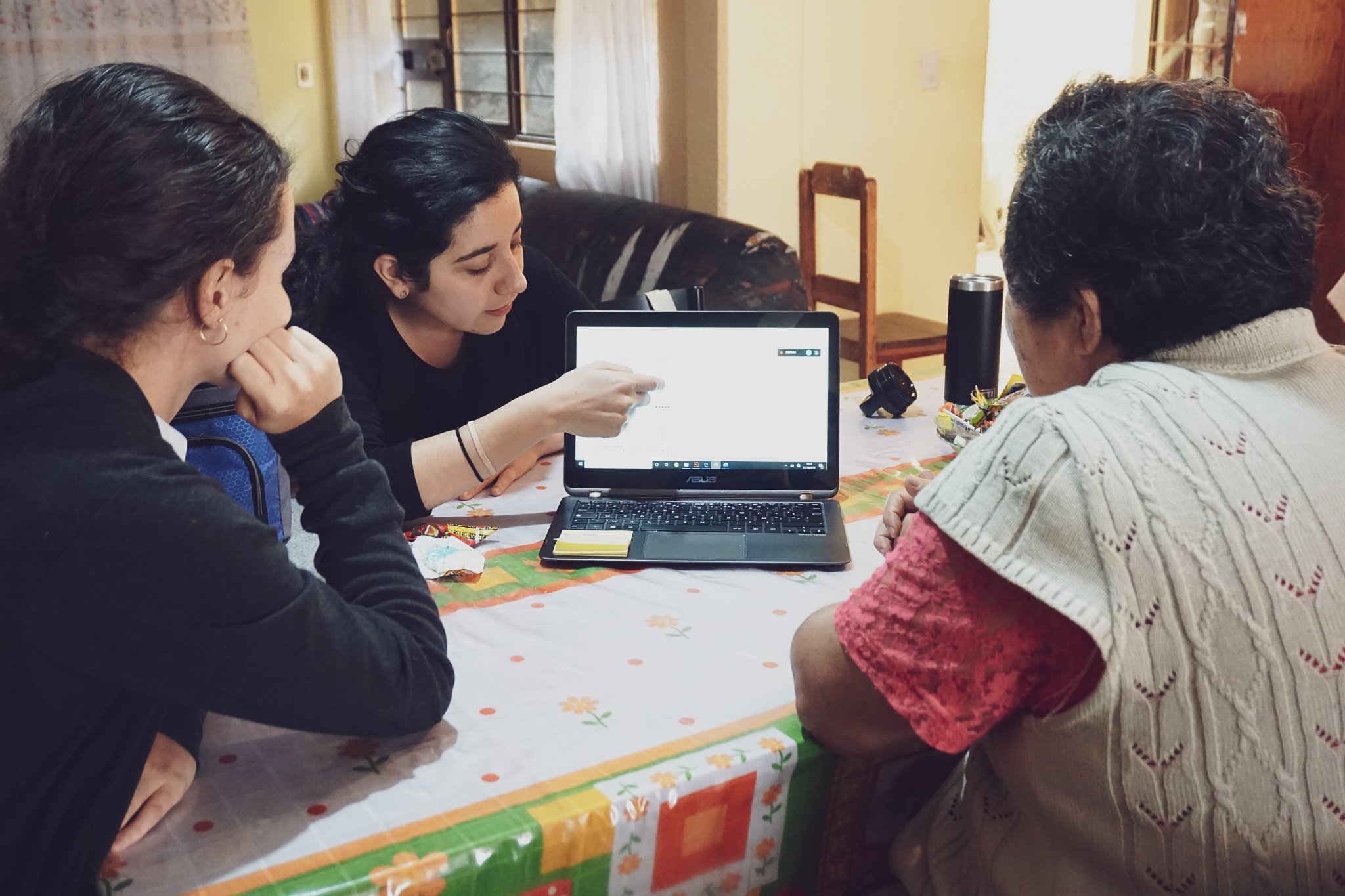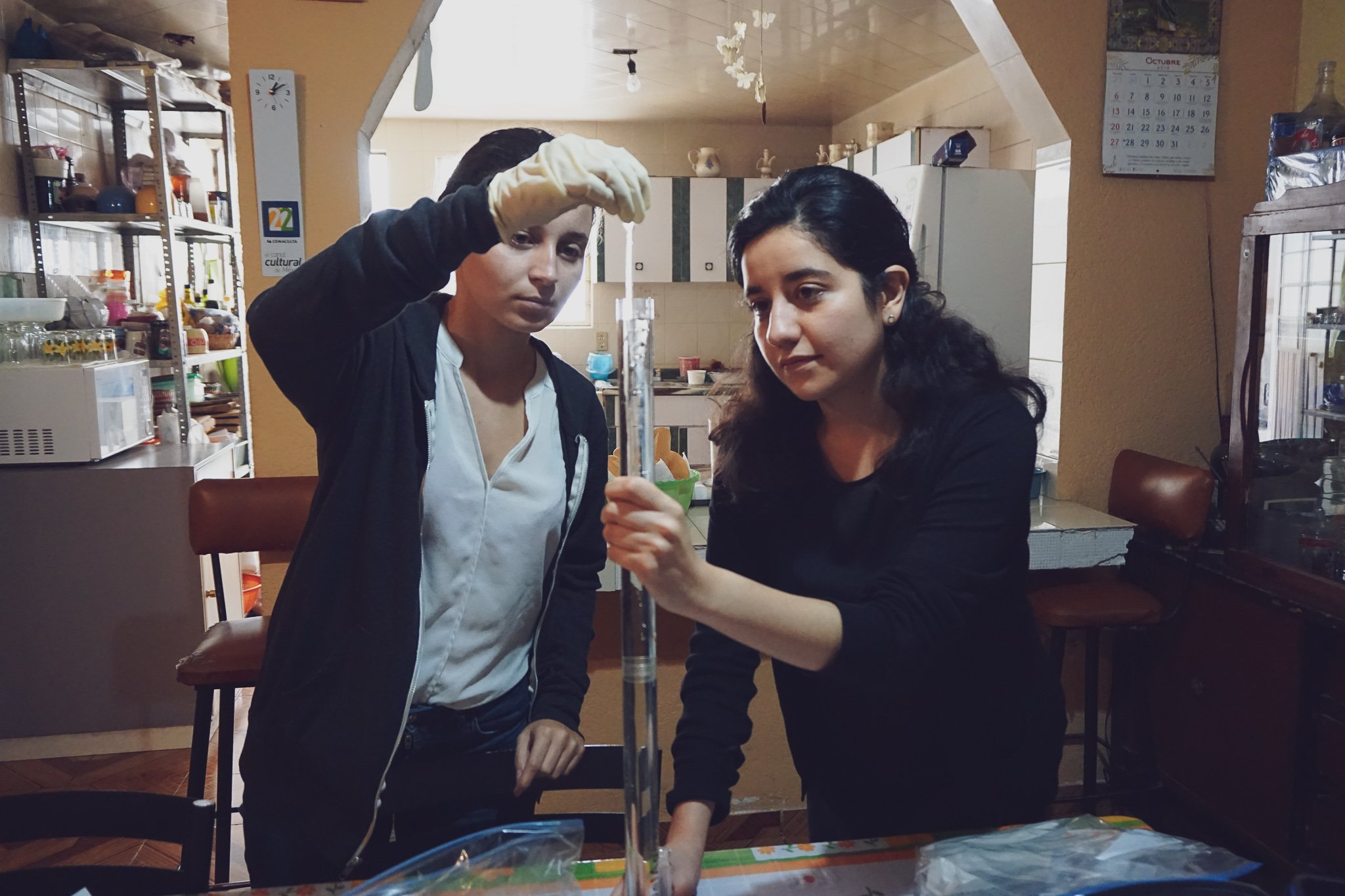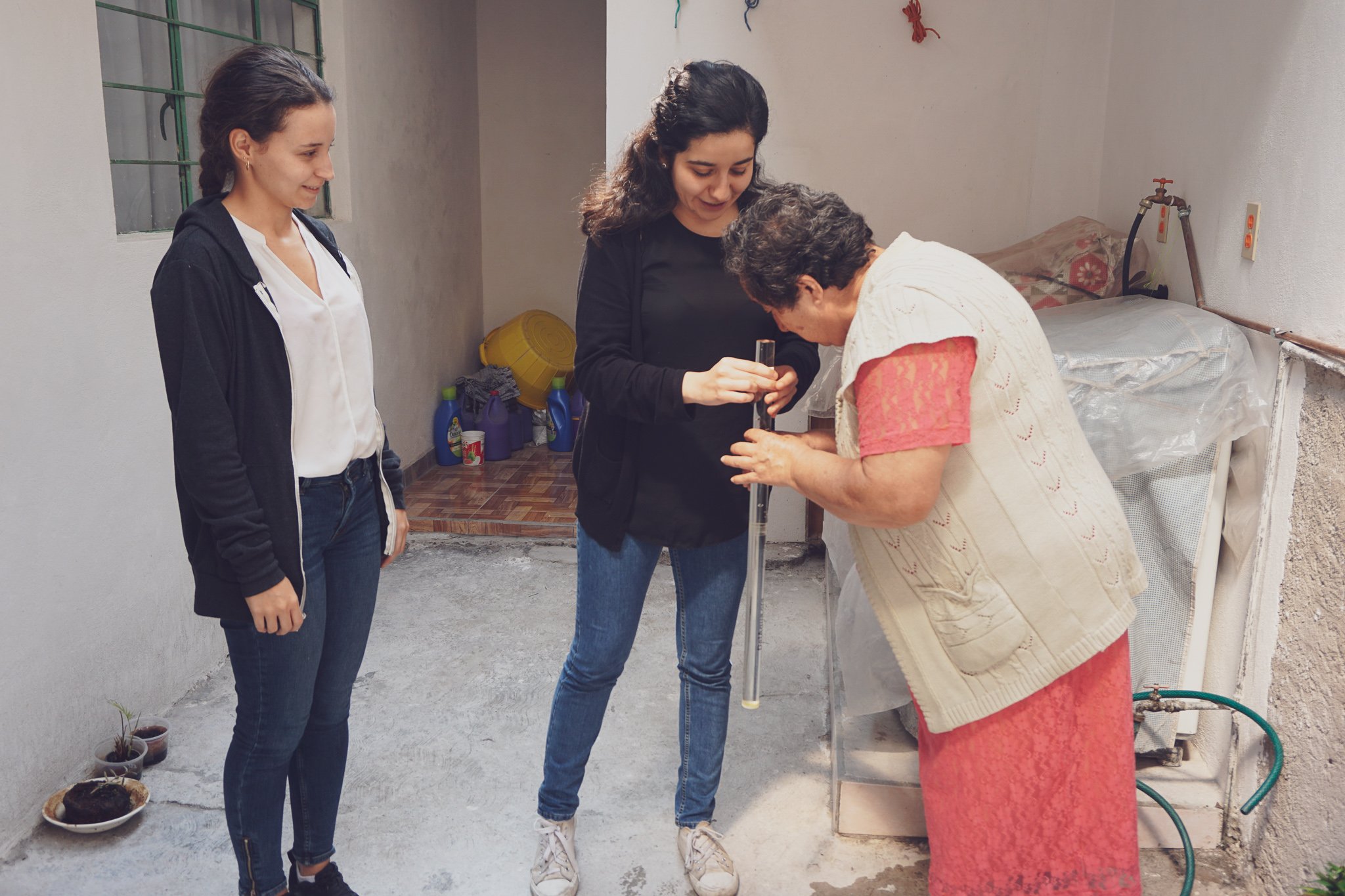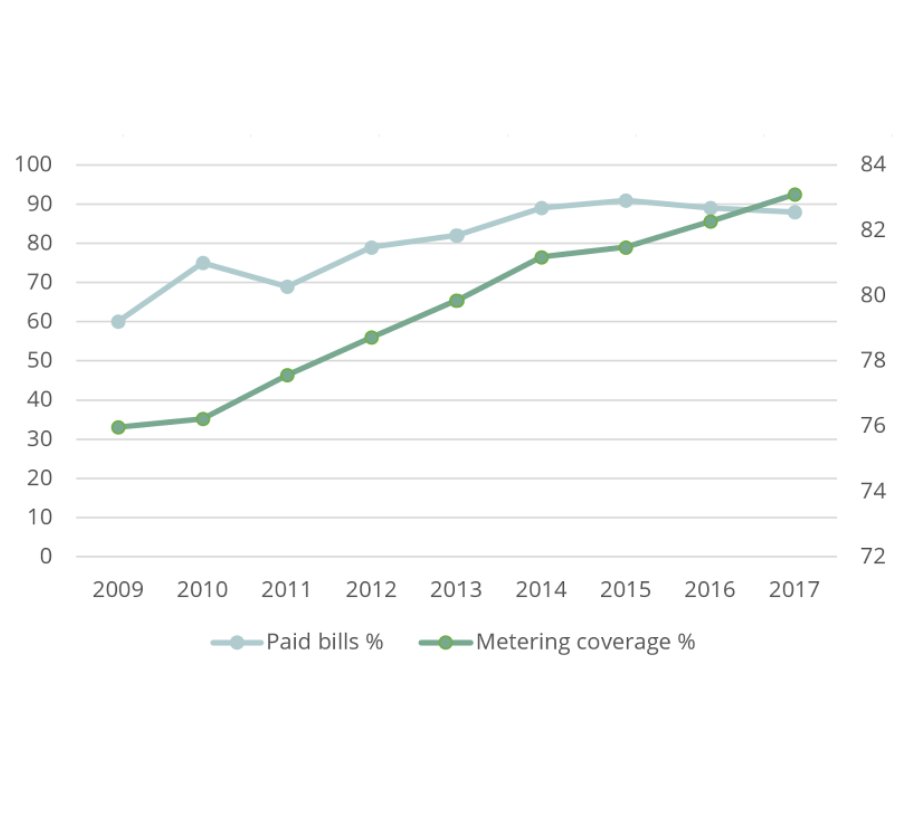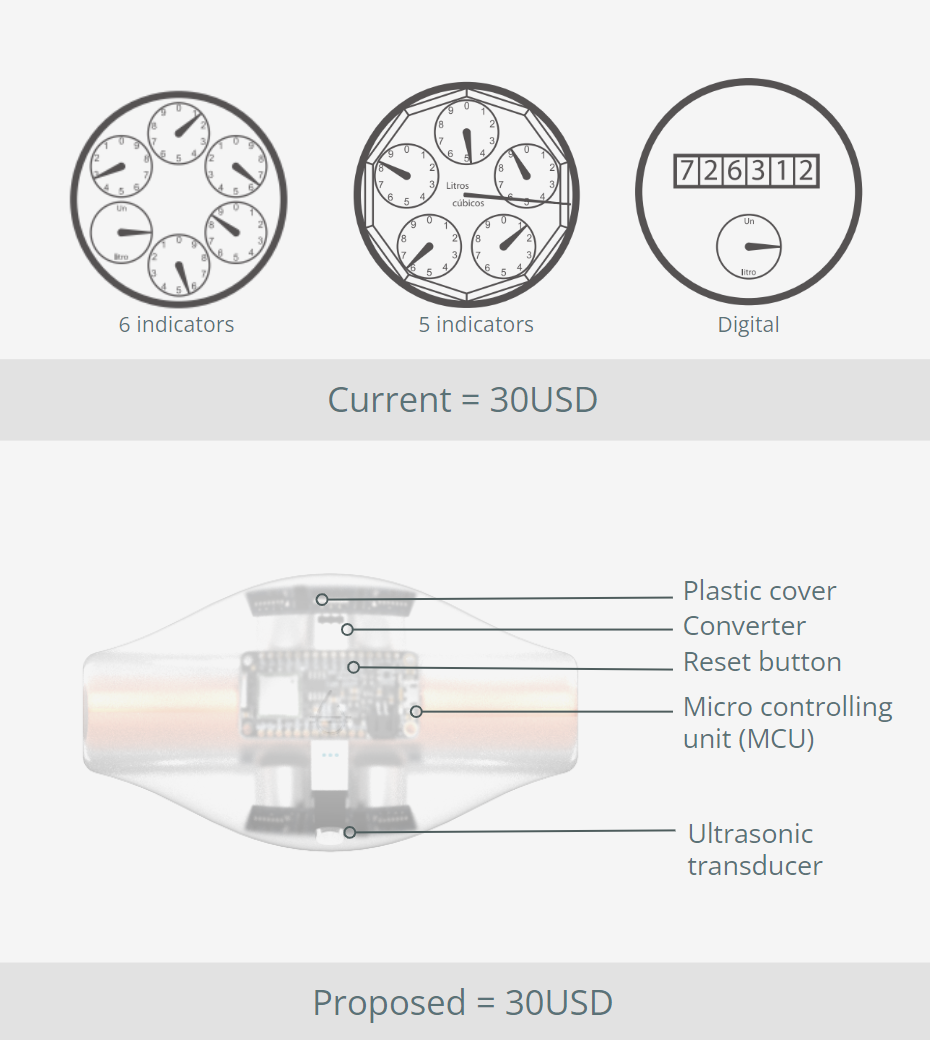The Challenge
Globally, water demand is expected to increase 4X in the next 30 years according to the World Economic Forum. Mexico City is among the mega-cities predicted to run out of water in 30 years. But already today, many city neighborhoods struggle to get access to water. Besides the climate and infrastructure problems, inhabitants exacerbate water inequality through wasteful consumption.
How might we improve water consumption behavior as we raise awareness of water as a shared and finite resource?
My Role
This 1-year long project was my Independent Design Engineering Project, a type of thesis requirement in order to graduate from the Masters in Design Engineering at Harvard. It was co-developed with Anahide Nahhal and advised officially by Cesar A. Hidalgo (SEAS) and Ingeborg Rocker (GSD)
The project was part of the Harvard GSD Commencement Exhibition and was selected to be presented at the Harvard Alumni for Climate and the Environment event for the Solutions to Combat the Climate Crisis
The Result
An integrated solution for Mexico city’s water stress based on three approaches:
A non-intrusive smart water meter to collect real-time data on water consumption
A tradeable water cryptocurrency to generate both citizen involvement, as water becomes not only a right but also a tradeable good, and accountability on its fair trade, ensuring water access and consumption it’s a respected right of all citizens
An engaging digital platform designed for behavioural change, where people can monitor their consumption, trade water, and receive education on sustainable water consumption
The process
Secondary research
Mexico City is one of the
most vulnerable megacities
Around the world, megacities will be particularly impacted and challenged by this crisis. Cities are the tangible scale between the individual and the global impact. With over 20 million people and extremely high water stress, Mexico City is one of the most vulnerable cities. Climate change is only exacerbating this already urgent problem and solutions are not as obvious in this complex system.
The history of the lake city
Mexico City has one of the most fascinating relationships with water. Since its foundation but the Aztecs, it has been an empire capital “floating” on a huge natural lake. Colonizers adopted the European city model and fought against the nature and resources of the terrain. The city was progressively drained but the climate, regional context, and demographics created many of the current problems
Achieving sustainability against 4 forces
Sustainability can be described as the equilibrium of a viable business model, a fair and equal distribution of resources and the preservation of those resources.
What’s preventing sustainability in the city are four major forces:
Capital, Climate, Demographics, and Technology.
Understanding the regional climate
Researching the region’s climate, ecosystem, terrain, subsidence, flooding risks, and demographics. We realized that Mexico City’s battle with water is a man-made problem based on three main characteristics:
1. Due to urbanization and heavy use of concrete, surfaces have become impermeable and the natural climate of heavy rain results in flooding and run-offs from the mountainous terrain.
2. Due to this impermeability, aquifer recharge is minimal and paired with the high demand for groundwater, it results in overexploitation of the aquifer.
3. The growing city becomes heavier and heavier for the soft lakebed sediments the city is built on, and with the continuous extraction of groundwater for the city's consumption the city is subsiding. This accelerated sinking of 8 cm a year results in increased vulnerability to floods but also in infrastructure damage.
Understanding demographic trends
With over 20 million habitants, you would image that water consumption has skyrocketed, but water availability is not a function of population, is a function of climate. For example in 2009 an extreme drought lowered water availability even when population was growing. This highlights our insight that water is a finite resource that has to be shared, but it is not seen as such.
1. Uncontrolled growth and urbanization: Population has grown beyond the political boundaries where utilities operate
2. Growth rate has exceeded systems capacity: Lack of planning for resources impacts the ability of the city to provide services
3. 0.48 GINI coefficient: Unequal distribution and access to water in marginalized neighbourhoods, plus a rural exodus of slum dwellers has formed in Mexico City’s periphery.
*GINI is a measure of statistical dispersion intended to represent the income or wealth distribution of a nation's residents and is the most commonly used measurement of inequality.
Understanding available technology
Mexico City has an infrastructure challenge.
1. 38% of the water supply is lost to leaks in transporting pipes. The solution has been to increase the water supply, bringing it from far away (over 130 km). This pumping to high altitudes (1000 meters from origin) has the same energy cost as Puebla city ( the 4th largest city in Mexico)
2. Water metering is not present at the domestic consumption level for all citizens. Consumption is metered, or guessed, at block level in most cases and the number is then divided with approximate numbers depending on family sizes.
2. Low-quality water is concentrated in the northeast of the city, while low availability is concentrated in the southwest and east. This forces citizens to purchase water from businesses (water trucks, bottled water, etc.) that take advantage of the situation and resell water at 10X the original price.
3. The city uses a combined sewer system as drainage, which also created problems like floods, due to bad habits that block the sewers (such as trash on the street). There are several treatment plants around the region but only a small percentage of water is reused in services other than agriculture
4. Solutions from the private and public sectors have been established such as Rain harvest (domestic/landscape), Water storage, Water treatment (commercial/domestic filters), Water reuse (industrial), and Alternative water supply (bottled water/water trucks). But few of them encourage citizens to really perceive water as a shared and finite resource.
Understanding capital flows
To understand how capital flows through the water system we studied the structure, we found out:
1. Water tariffs are heavily subsidised by the government, based on the principle that water is a right. They are not reflective of the unequal cost of water supply. The cost of supply is 6x the tariff price. The subsidization scheme has been redesigned a couple of times and is based on approximate consumption level + zip code, which easily leads to unequal and unfair consumption.
2. The systems have been continuously overloaded. Some water pipes are over 60 years old and have never been mantained because there is no capital, or allocated budget, for reparation or maintenance, as well as time to repair, since that would mean leaving neighbourhoods without water.
3. Mexico City uses a centralized system. This means that there are multiple stakeholders making different decisions depending on the district, state or national level. The water supplier, SACMEX the public water utility of Mexico City,(who bears the costs) runs on government allocated budget at the city/state level. They don’t have decision making power, particularly on the price of water, but bear the costs and struggle with the ever-growing challenge of fulfilling their mandate of supplying water to the city. The fact that the system is centralized also means there is almost no continuity on projects beyond political terms due to the priorities agenda of each state/city government. With this disconnect of stakeholders, the water system can not operate in a financially sustainable way.
4. There is also a misunderstanding of Public-Private Partnerships (PPP) by the city government. Water is a public right so the popular belief of the city is that it should be managed by public institutions. But institutions lack the capacity to perform all the needed operations. Being closed to new forms of PPP, also leads to avoid the much needed external investment. The only concessions present are for reading meters, billing services and customer service; these concessions are in their 5th extension.
Researching the future:
10-year projections of water availability
The number of people without water will increase from 45% in 2018 to 92% by 2030
2018 Service Quality Projected
2030 Service Quality Projected
Mapping the city’s water ecosystem
Mapping out all the water flows from the city we find out that lack of maintenance to critical infrastructure results in a loss of 35-38% of the water through leaks. This can only be addressed by the public water utility, SACMEX, but an increased government budget is needed. We also found out that 44% is used by domestic consumers. So there is a big opportunity area in the domestic consumption scale.
Opportunity Area
Domestic consumption makes 44% of water use in Mexico City.
And average consumption per person is 2.37X higher than Latin America’s average.
Using data visualization to gather insights from the citizens’ consumption at granular level
User Research
Interviewing with extreme users in Mexico City
Gathering information through games
Analyzing water quality
Comparing Personas from extreme users
Insights
Findings on individual water perceptions
Design solution
Establishing design principles
The design solution must be:
Practical - accesible to all citizens
Real and immediate - in accordance to the changing nature of the water availability in relationship to climate
Encouraging - promoting positive change in an engaging way
Social - unitiing citizens towards a shared goal, get to sustainable water system
Reduce water consumption by using behavioural science and smart water technology.
Industrial Design:
The smart water meter
To make this Internet of Things Solution inclusive, we had to carefully design the smart water meter for it to be.
1. Affordable, costing approximately $30 USD to produce
2. Non-intrusive and designed to be self-installed. The installation doesn't;t require any plumbing knowledge as it uses ultrasound technology to do flow measurements above the pipe, which means no pipe-cutting and no installation costs.
4. Collecting real-time data with precision. Ultrasound transducers can read up to 2.5 Gallons per Minute. And the wifi connectivity sends this data to the user’s phone.
5. Smart IoT. It uses data models of average water consumption and pairs them with artificial intelligence that continuously learns about the subjects’ water routines and behaviours.
Setting smart goals: Matching user consumption vs. the city available water
Using the smart water meter readings in Gallons per Minute (GPM) and combining it with the data analytics of daily water average usage, we can understand each device’s water usage. If we match that historical user data against the city’s total available water we can set realistic water consumption goals for each user on their respective devices.
Digital design:
A mobile app for behaviour change
The App has been designed for:
1. Securely trading of virtual liters (e-liters). A section where you can buy or sell as your water consumption gets more efficient with the help of the app gamified design and the customized tips generated by artificial intelligence.
2. Starting with an empathizing dashboard that shows how many e-liters you have “left”
3. Setting users on a healthy competition with themselves and others (other districts, neighbourhoods, or friends) through challenges to save on water consumption. It also shows data analytics on your personal consumption and how it is compared to different levels (average citizen, average per district, etc.)
4. Inspiring through great visuals, continuously updated personalized tips, daily visit randomized rewards, and interactive statistics. The app is extra engaging, educative and insightful.
5. Allowing users to communicate with the water utility and vice versa. users can view and pay their bills as well as get messages with updates regarding maintenance of pipes in their zone, flood warnings and others.
Redesigning the SACMEX App
The city government’s water utility has an official app for mobile phones with over 10K downloads, but its usability and overall design are very poor as it is built based on links that take the user to the SACMEX online site
An engaging platform that encourages behaviour change though nudges and gamification
Designed for education
1, The app informs about the natural cycle of water and how the availability changes depending on the wet or dry season
2. It shows the rich history of the city in relation to water
3. It also shows the differences in water supply, quality and consumption by districts.
4. Alerts users with flood and risks maps
Currency design:
Changing the system by capturing the lost value
Based on the real water availability of the city during that season, e-liters are evenly distributed within citizens, after subtracting for public services such as schools, hospitals, etc. Citizens obtain the same number of e-liters and consume them through the day incentivized to reduce and make more efficient their water consumption through the app. At the end of the day, they can trade the remaining liters for:
1. Savings on their water bill
2. A controlled number of national lottery tickets, for more interesting prizes in case their bill is already very low.
3. Donations to NGOs working on bringing water to slums and other marginalized communities.
Given that every liter not consumed or “saved” by the behaviour change through the app represents a cost 6x the price, the savings will be distributed to pay for the smart water meters, the mobile app operation and maintenance, SACMEX budget for pipe repairs, and a water fund to support NGOs bringing water to marginalized communities.
Proposed partnership model
Alignment & Implementation
Reviewing design principles
Our design solution is:
Practical - In Mexican cities, 92% of Internet users connect via smartphones, and in Mexico City 80.2% of all phones are smartphones. A mobile app is one of the most accesible platforms.
Real and immediate - With Wifi, our IoT device tracks real time water usage and allows for immediate feedback and change of behavior, as well as adaptability to the changing climate conditions.
Encouraging - Including the trading, goal setting, and randomized rewards factor to keep collecting, the platform is engaging and demonstrates users the impact of behavior change.
Social - With the challenges at the community level, healthy competition among peers, and increased awareness of the comparison of the user bahviour vs the city’s average, it collectively brings citizens to work towards th same objective. A sustainable water system.
Why does this solution work?
With increased metering coverage and investment in education of water culture, the water utility, SACMEX saw the following promising results:
1. Water consumption decreased by 3 cubic meters less per bi-monthly bill. The average consumption went from 32 cubic meters to 29 cubic meters per bill, representing a 9% decrease. Adding an increase in tariff reduction achieved an additional 6 cubic meters per bill, meaning a 15% decrease
With 100% metering, we could achieve a reduction of over 8 cubic meters.
2. There was a 19 points increase on paid bills due to investments in metering, from 69% to 88% = 67.72% increase. Adding an increase in tariff reduction achieved an additional 9 points = 15% increase
With 100% metering, we could achieve 100% of paid bills.
3. Tariff adjustment has been proposed for several years by the water utility but tariff adjustments only consider inflation.
Gathering real-time data will provide better arguments for user reclassification, opportunity identification and evidence of real consumption vs supply.
4. The smart-water meter has been designed to be price competitive with the traditional non-smart water meter. Art. 302 also allows the water utility to invest in resources for meters repair and maintenance for water recovery aside from the allocated budget.
There is an opportunity for investment in water meters aside from the allocated budget.
Projected impact
We could save an average of 3 liters per person per day, which doesn’t put a huge burden on the person but makes a big difference at the district level
The chart shows the consumption in 2009 (left dark green bar) - 2017 (middle green bar) and the projection in 2025 (right light blue bar), 5 years before the expected crisis in 2030.
If we scale it to the city knowing the different consumption patterns of the different districts we have a rough estimation of over 1 million cubic meters saved per year.
This could translate to savings of 30 billion MXN per year, considering $22 MXN per cubic meter.
